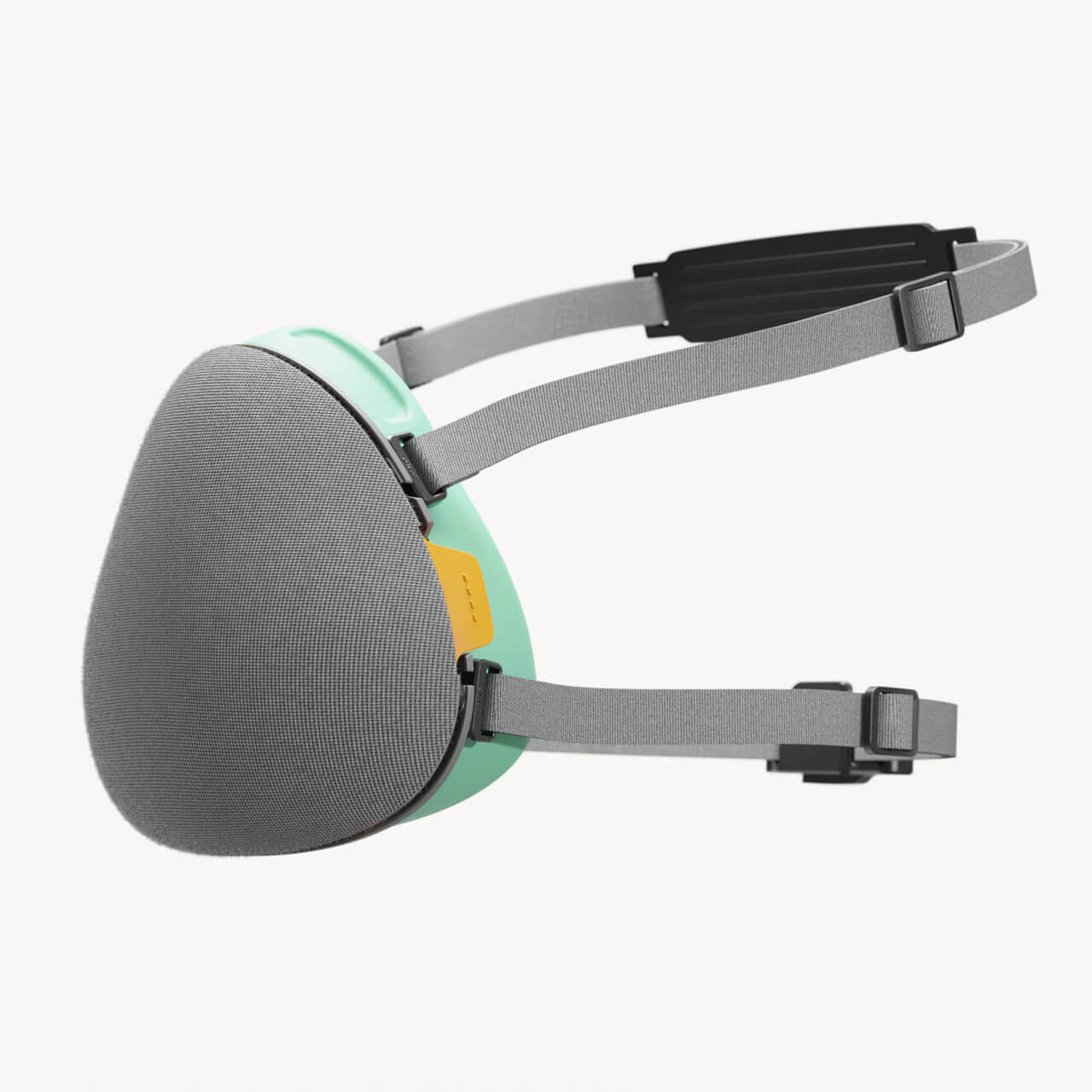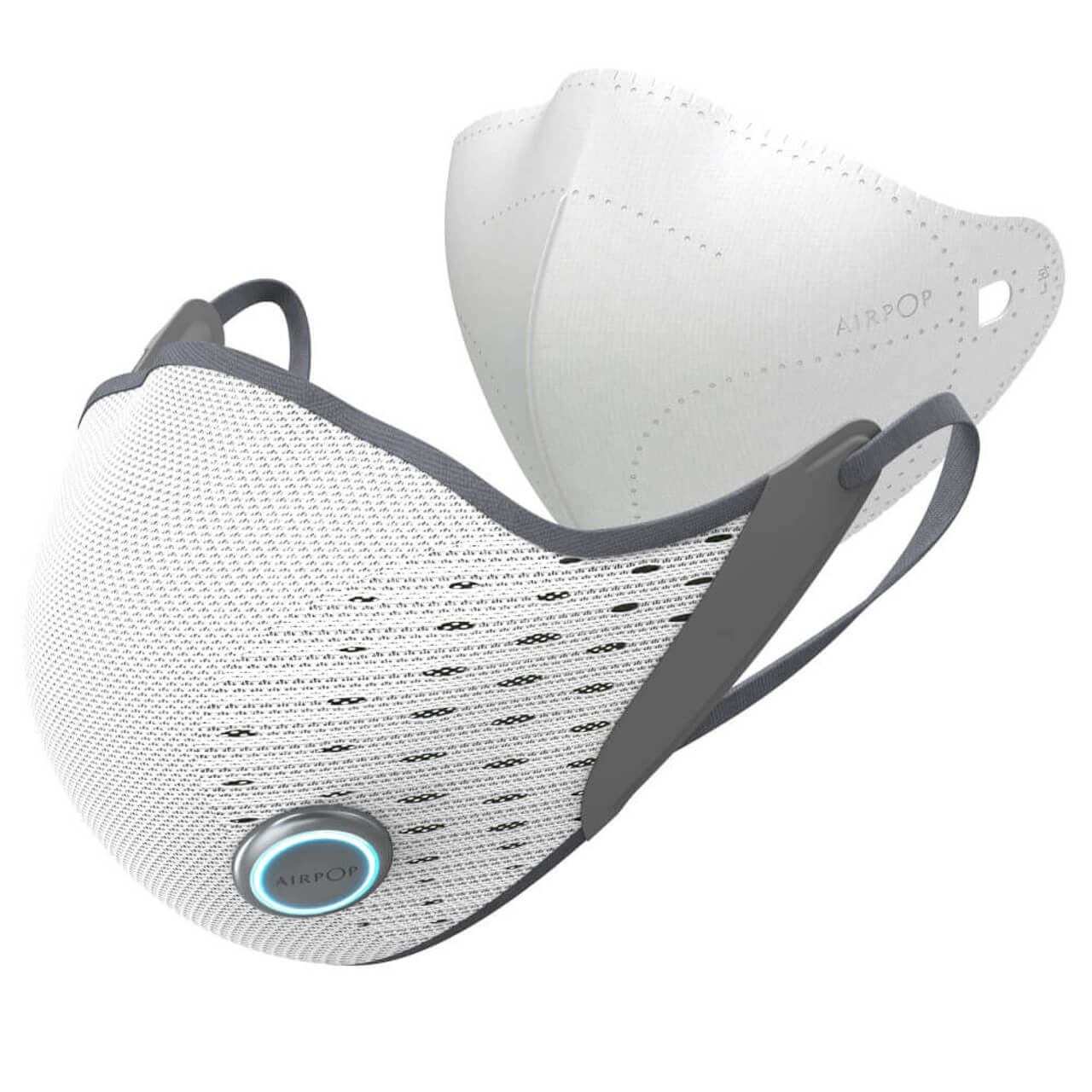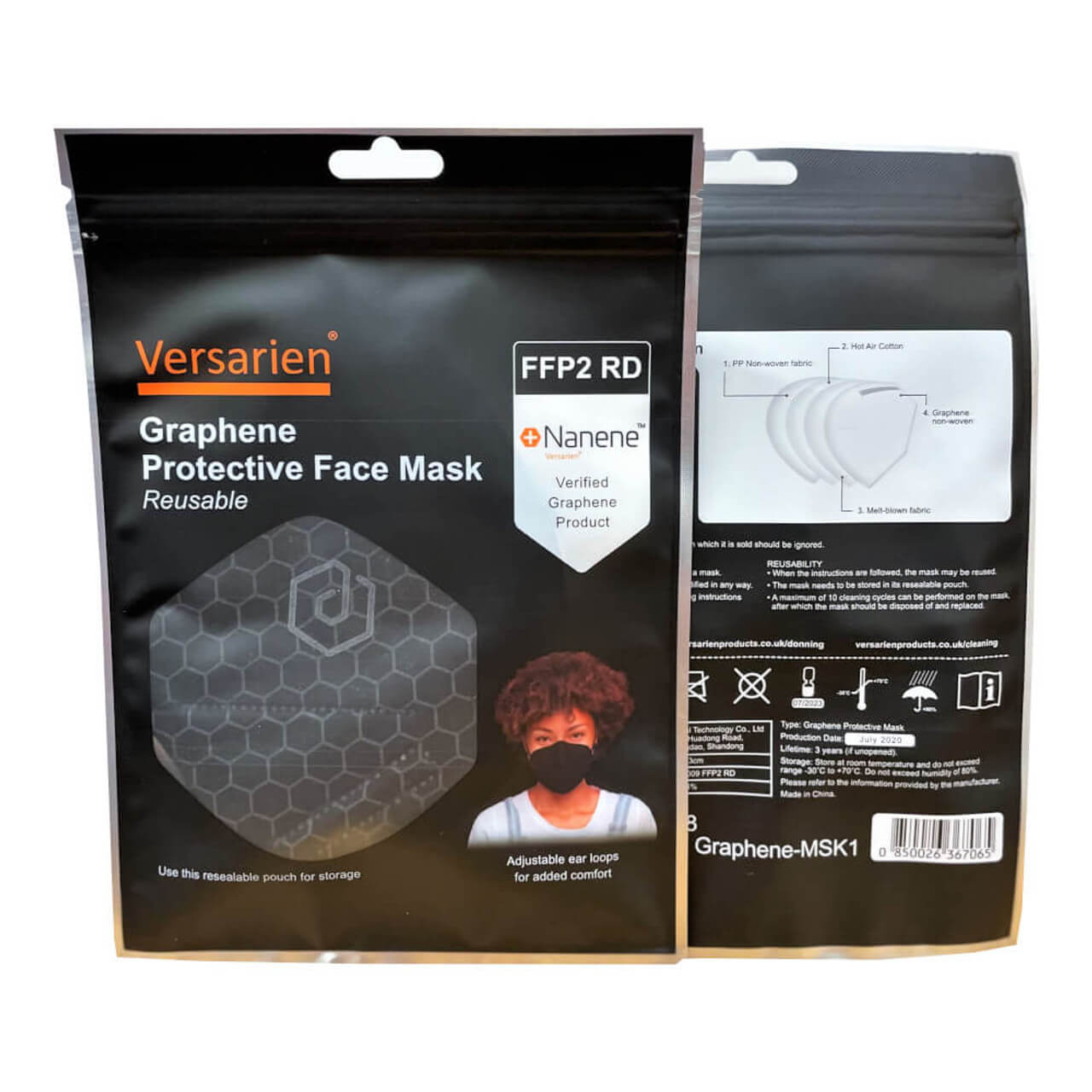Face Masks and Nano Technology.
Posted by KB on 30th Mar 2023

(thisisengineering via unsplash)
Face Masks And Nano Technology: Nanoparticles & Nanofibers
These days, people are looking for a healthier, more reliable kind of protection for both themselves and others.
There are 2 cutting edge technologies which have shown this within face mask materials.
These technologies being Nanoparticles and Nanofibers.
In the below, we explore what these technologies are, how they work and how they are applied within face masks.
Nanoparticles and Nanofibers: What Are They?
Nanoparticles:
Nanoparticles are tiny particles with a size range of 1-100 nanometres.
Not only are they suitable for a variety of application due to their unique feature, the materials have emerged as important players within modern medicine.
Nanofibers:
Nanofibers are fibres that are 1-100 nanometres in diameter.
They are one-dimensional nanomaterials of fibre shape with a diameter in the range of tens to hundreds of nanometres
They are lightweight, high surface area materials with excellent mechanical properties.
How Do They Work?
For nanoparticles and nanofibers to work, they utilise their small and large surface areas and can interact with viruses, bacteria and other contaminants in unique ways.
For example, while nanofibers can trap pollutants inside their structure, nanoparticles can cling to viruses and stop them from entering cells.
It's also possible to improve the antibacterial, antiviral, or filtration qualities of nanoparticles and nanofibers by combining them with different compounds.
How Can Nanoparticles and Nanofibers Be Used in Face Masks?
Nanoparticles and Nanofibers have a wide variety of applications within face masks.
They can improve the filtration efficiency, antimicrobial properties and comfort of masks.
Below are different ways that nanoparticles and nanofibers are used within face masks:
Improved Filtration Efficiency
By capturing and eliminating pollutants such as viruses, germs and particles, nanoparticles and nanofibers can increase filtering effectiveness of masks.
For instance, silver nanoparticles have been shown to have excellent properties and effectively capture viruses.
Enhanced Antimicrobial Properties
Nano's can be carried out with a variety of substances to improve antibacterial capabilities.
For example, It has been shown that copper nanoparticles have potent antibacterial properties and can eliminate viruses and bacteria on contact.
Increased Comfort
Nanofibers can be manufactured to create lightweight, breathable masks that are comfortable to wear for extended periods.
Nanofibers masks can effectively filter out toxins, yet maintaining breathability thanks to the superior air permeability.
FAQ's
What are the benefits of using face masks with nanoparticles and nanofibers?
Face masks with nanoparticles and nanofibers have numerous benefits, including:
- Improved filtration efficiency
- Enhanced antimicrobial properties
- Increased comfort
Are there risks using face masks with nanoparticles and nanofibers?
Although it has been shown that nanoparticles and nanofibers are safe to use in face masks, there are still some worries about how they might affect human health in the long run. To make sure masks are safe, it's important to use ones that have been tested and approved by government agencies.
Are nanoparticle and nanofiber face masks more effective?
Some studies show that facemasks with nano's can be more effective than traditional masks in filtering out contaminants such as viruses and bacteria. However, remember that a mask's performance is dependent on a number of elements, including fit, filtration efficiency, and the grade of the structure materials.
Can face masks with nanoparticles and nanofibers be reused?
Some face masks with nanoparticles and nanofibers can be reused, depending on the specific materials and design used. In order to allow the efficiency and safety of masks, comply to the manufacturer's instructions for proper cleaning and reuse.
Any examples?
Some examples of nanoparticles and nanofibers used in face masks can include silver nanoparticles, copper nanoparticles, and electro spun nanofibers.
Masks that include Nano Tech at the face mask store.
Airhead Reusable Protective Pollution Face Mask

AirPop Active+ Halo Smart Face Mask - White/Grey

Versarien FFP2 Graphene Protective Reusable Face Mask featuring Nanane™ and Polygrene™

Graphene Featuring Nanane and Polygrene
Conclusion
In conclusion, nanoparticles and nanofibers are both advanced technology that has potential to change the way we protect ourselves and others from viruses and other contaminants.
When used within face masks nano's can enhance the capability to filter, kill germs and improve comfort.
It's important to use masks that have been tested and approved by government agencies to ensure their safety and effectiveness.
As the world continues to navigate the challenges of the Covid-19 pandemic, developing and using new technologies such as, nanoparticles and nanofibers will play an important role for safeguarding public health.



